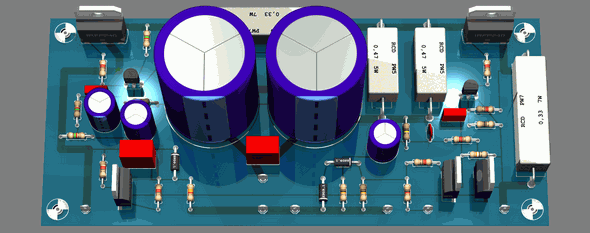It is mainly used to detect cables that cannot be located during the "fit-off" stage.
Sometimes the plasterer will forget to pull a cable through and it will be "lost" behind the plaster.
That's why you need a wiring diagram. It will confirm the location of the cable.
However, if a cable is hidden behind a wall or in the ceiling of a double-storey building, this project will assist in detecting its location.
Clip the antenna lead to any of the conductors of the cable you are tracing and use an FM radio with the antenna extended to locate the cable.
This will work to about 3 metres.
The RF oscillator between pins 5 and 6 works at about 1 MHz and the FM radio used to pick up the signal as a harmonic.
The signal is interrupted by the low-frequency oscillator between pins 1 and 2 that produces a beep, different from any other background noise.
The signal is interrupted by the low-frequency oscillator between pins 1 and 2 that produces a beep, different from any other background noise.
CONSTRUCTION
All the parts fit neatly on the PC board.
The IC fits into a socket with the cut-out shown on the overlay.
The most crucial item to connect is the battery snap. The "cup" on a 9v battery is the negative, but we are making a RECEIVING snap, and the "cup" is the positive. You must look at the diagram to see how this is connected.
Note: the negative connection to the battery is at the top.
When connecting the battery, make sure the switch is OFF and connect one terminal at a time.
All the parts fit neatly on the PC board.
The IC fits into a socket with the cut-out shown on the overlay.
The most crucial item to connect is the battery snap. The "cup" on a 9v battery is the negative, but we are making a RECEIVING snap, and the "cup" is the positive. You must look at the diagram to see how this is connected.
Note: the negative connection to the battery is at the top.
When connecting the battery, make sure the switch is OFF and connect one terminal at a time.

Không có nhận xét nào:
Đăng nhận xét